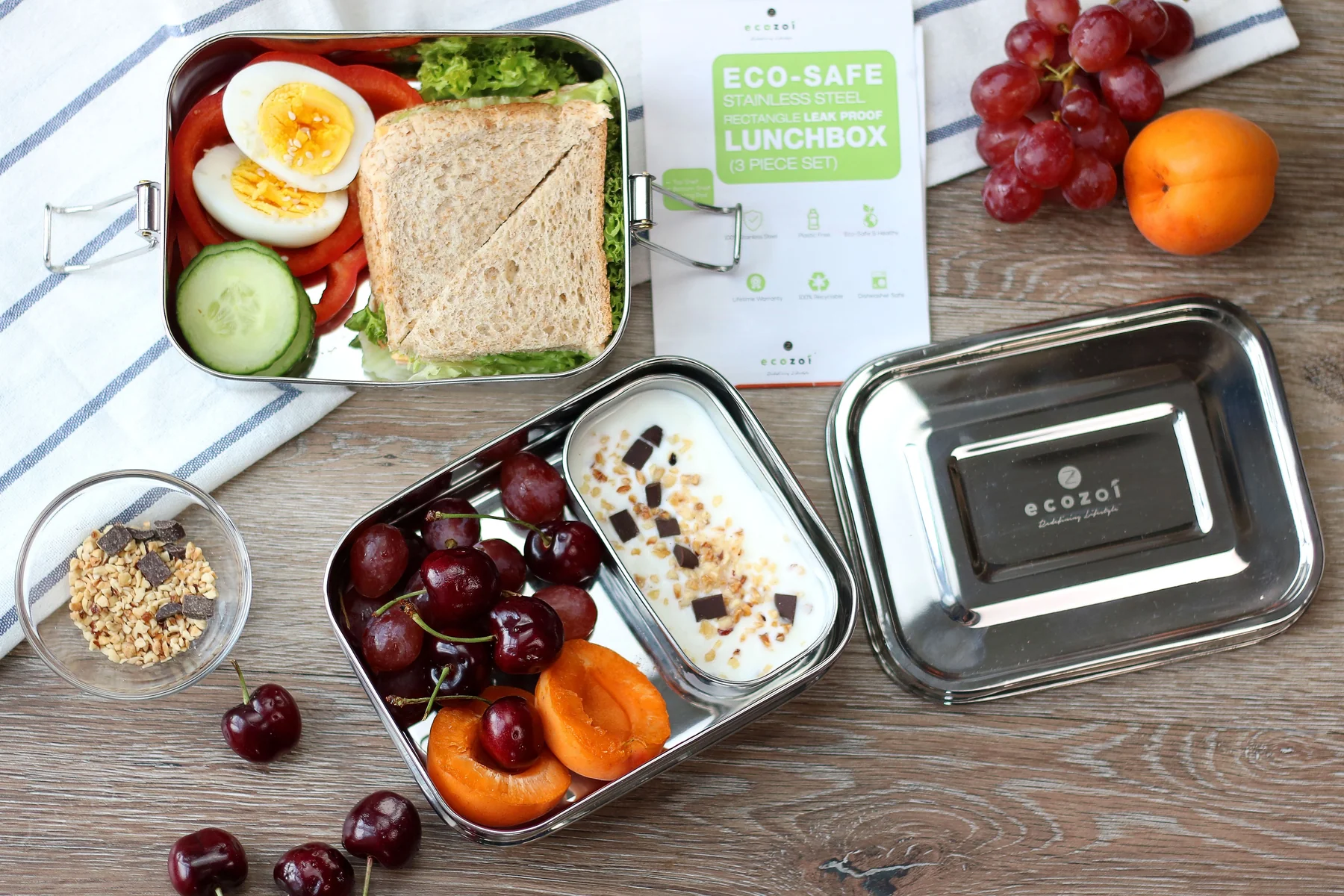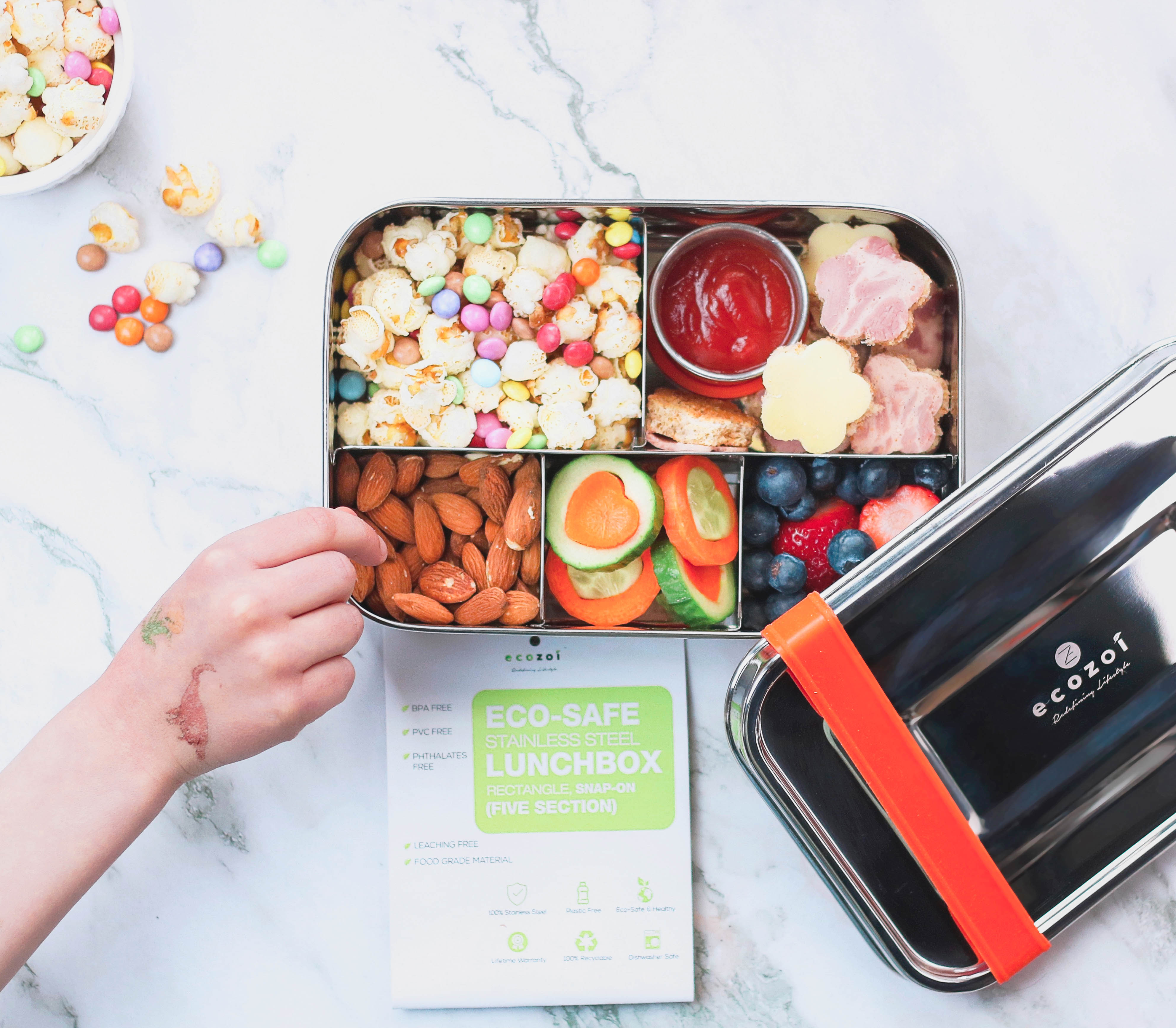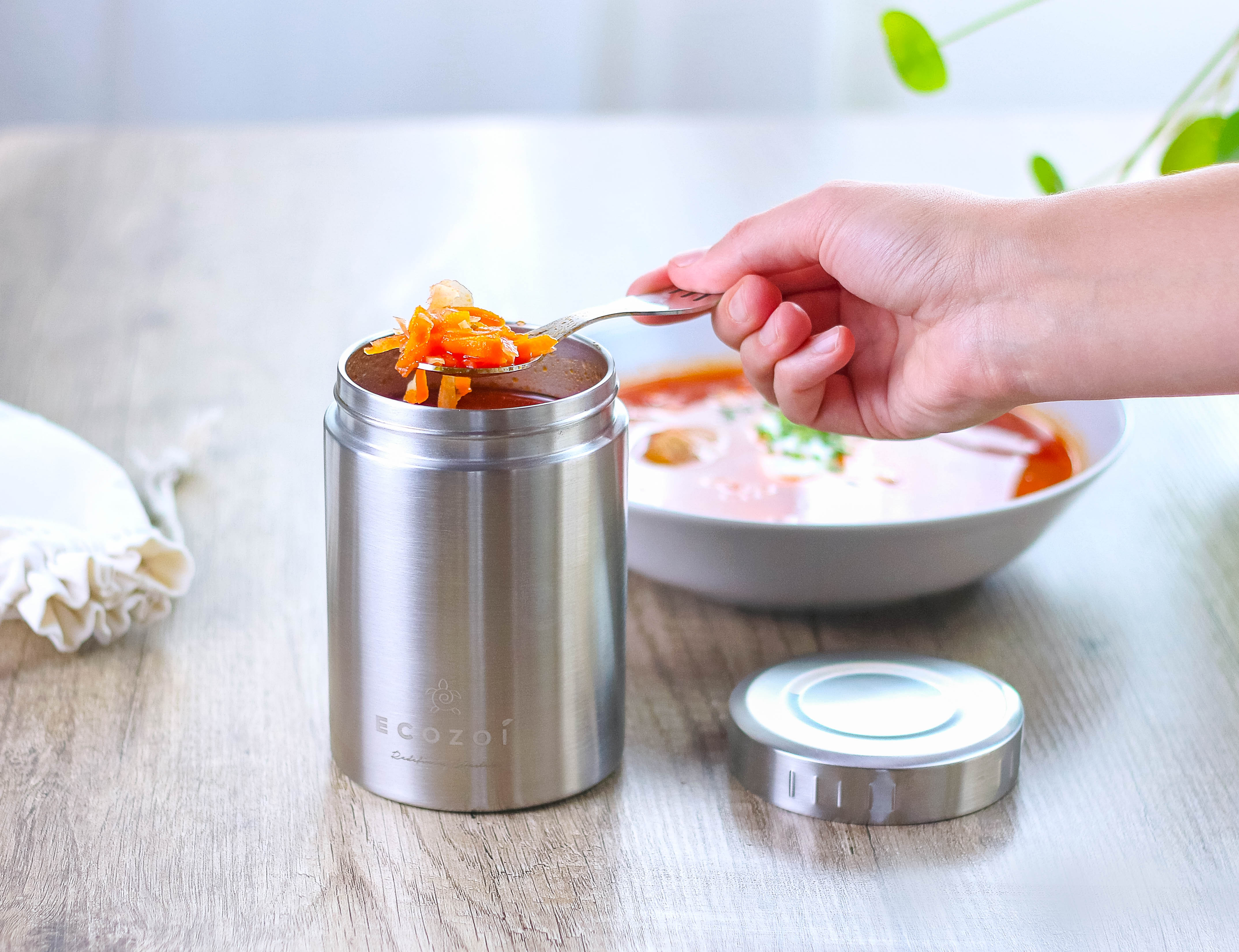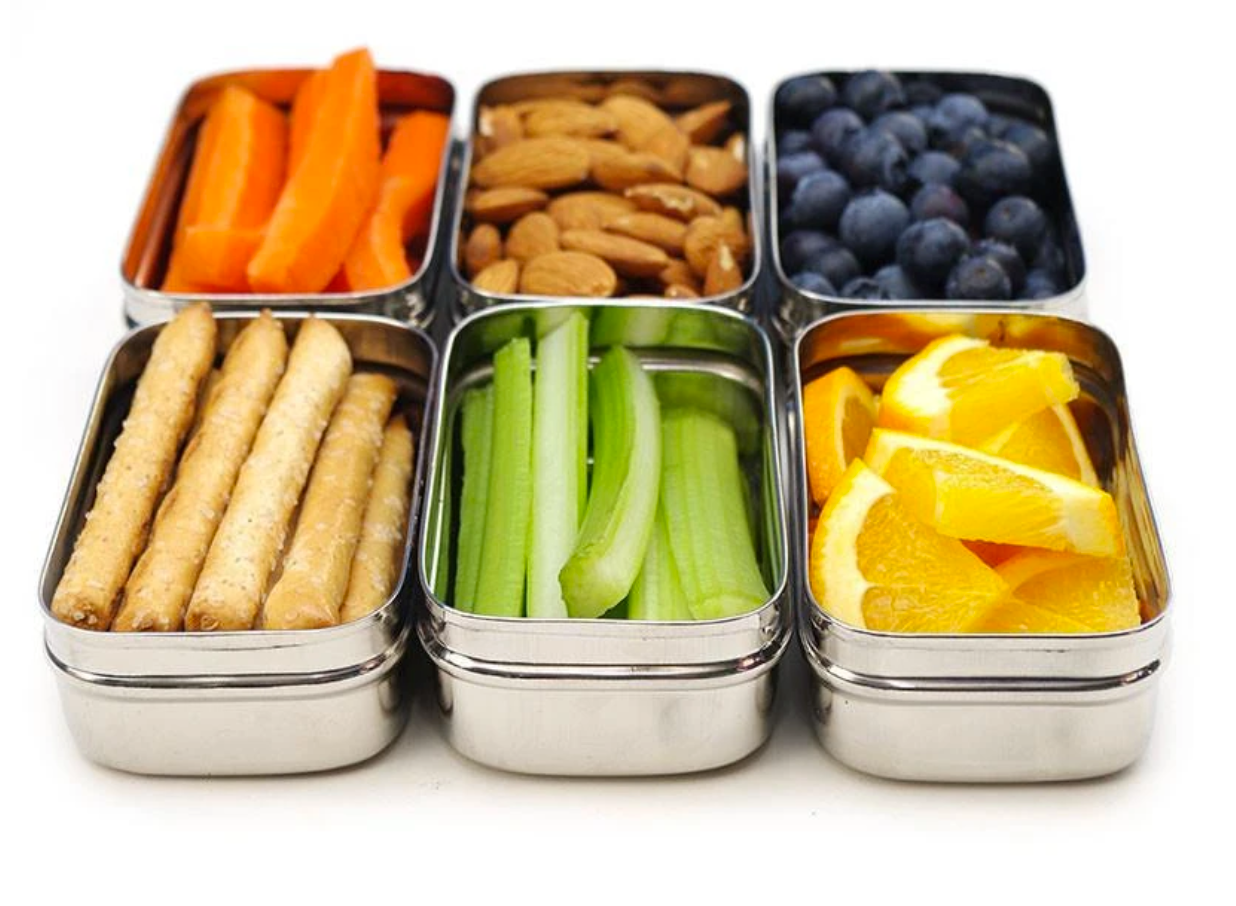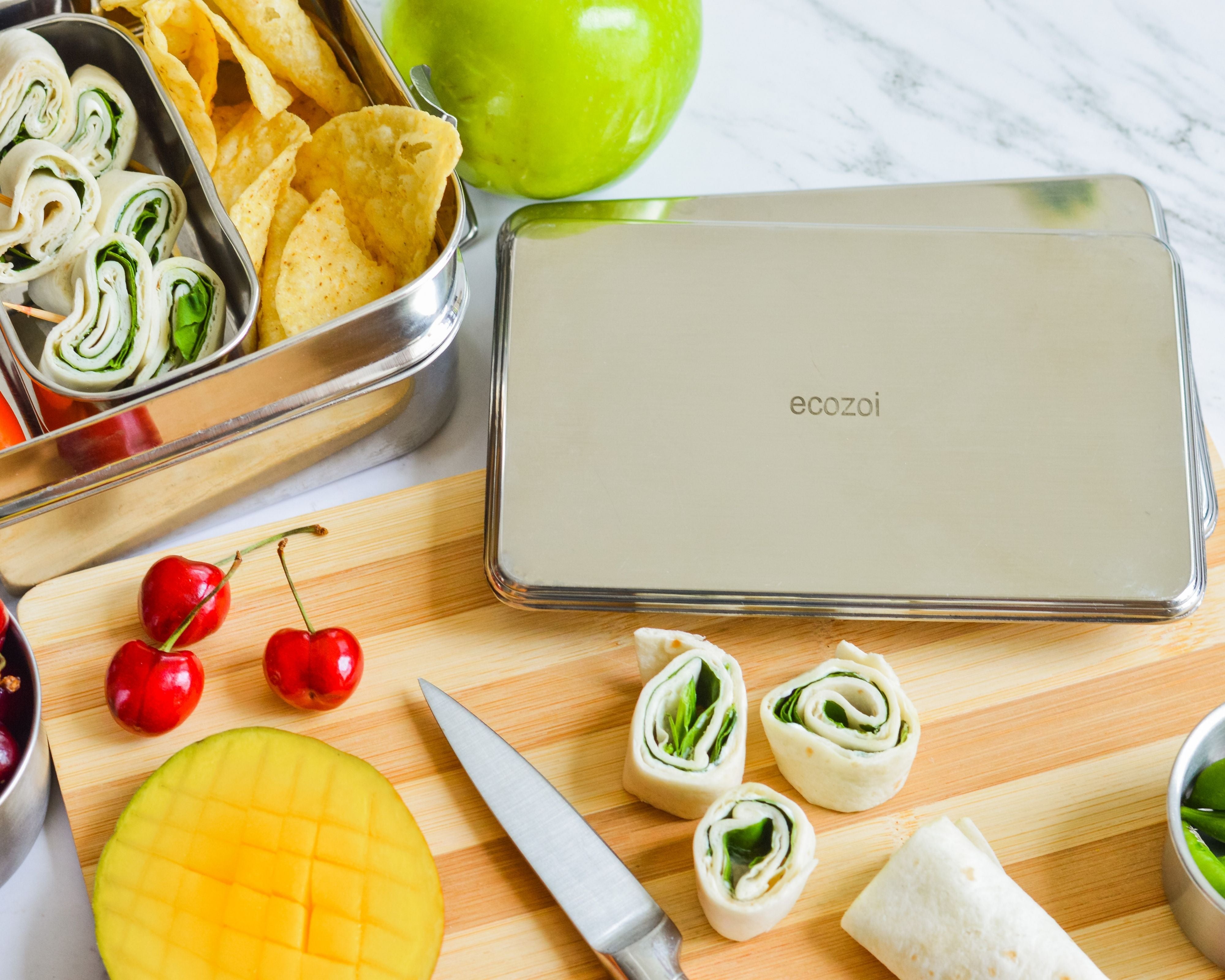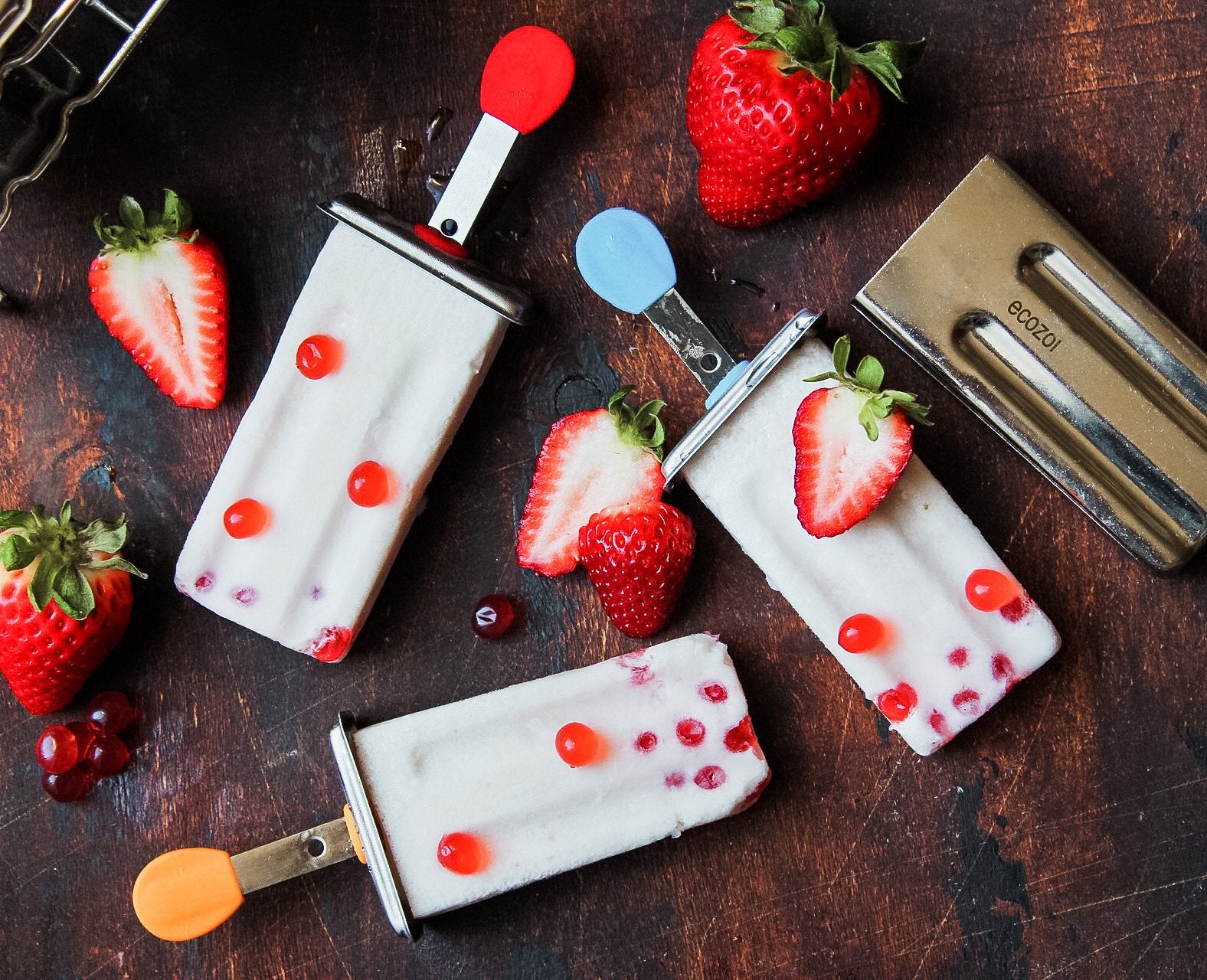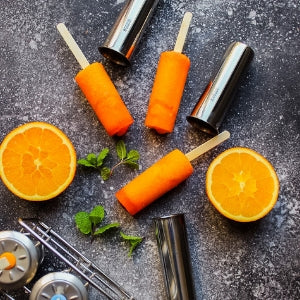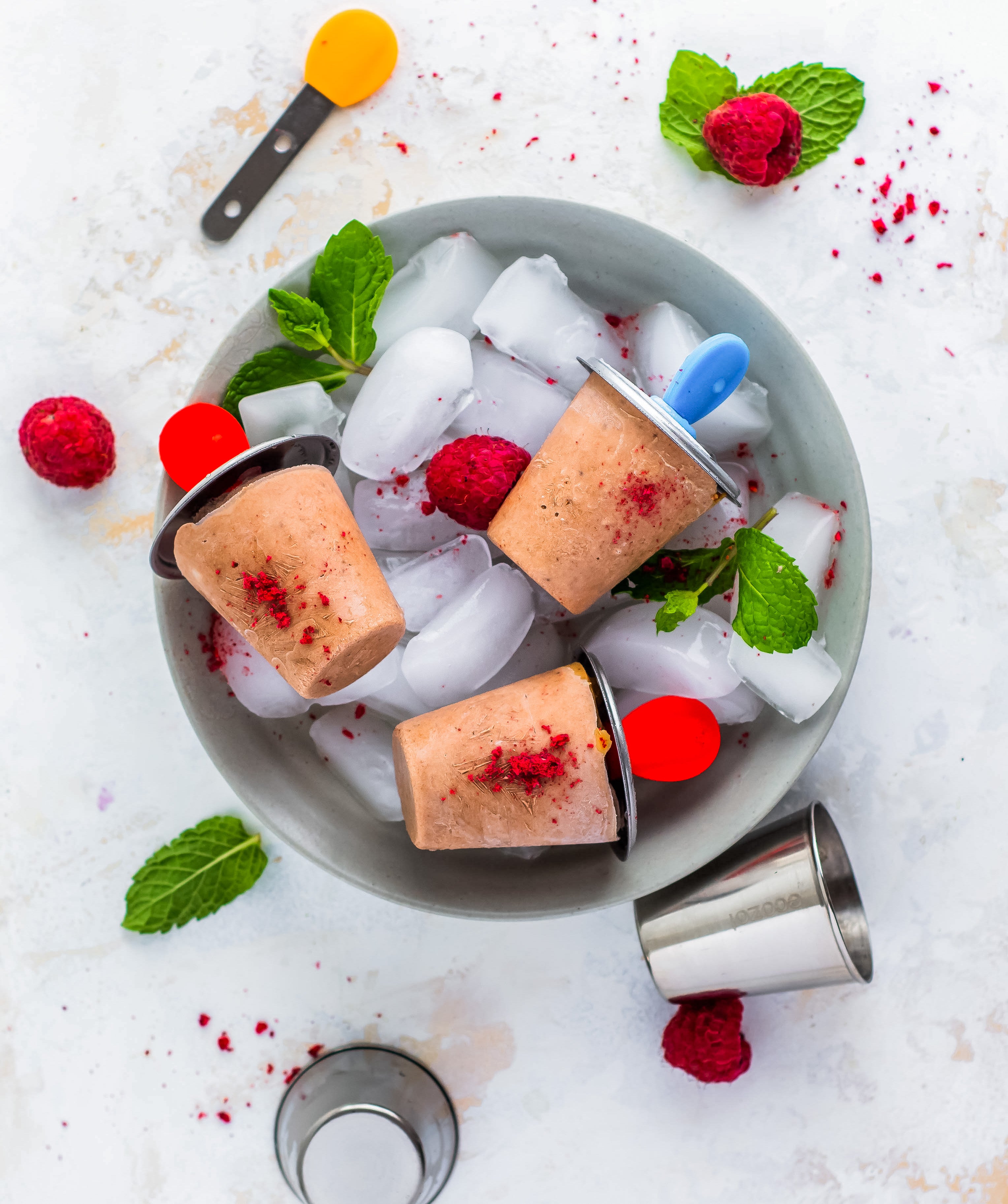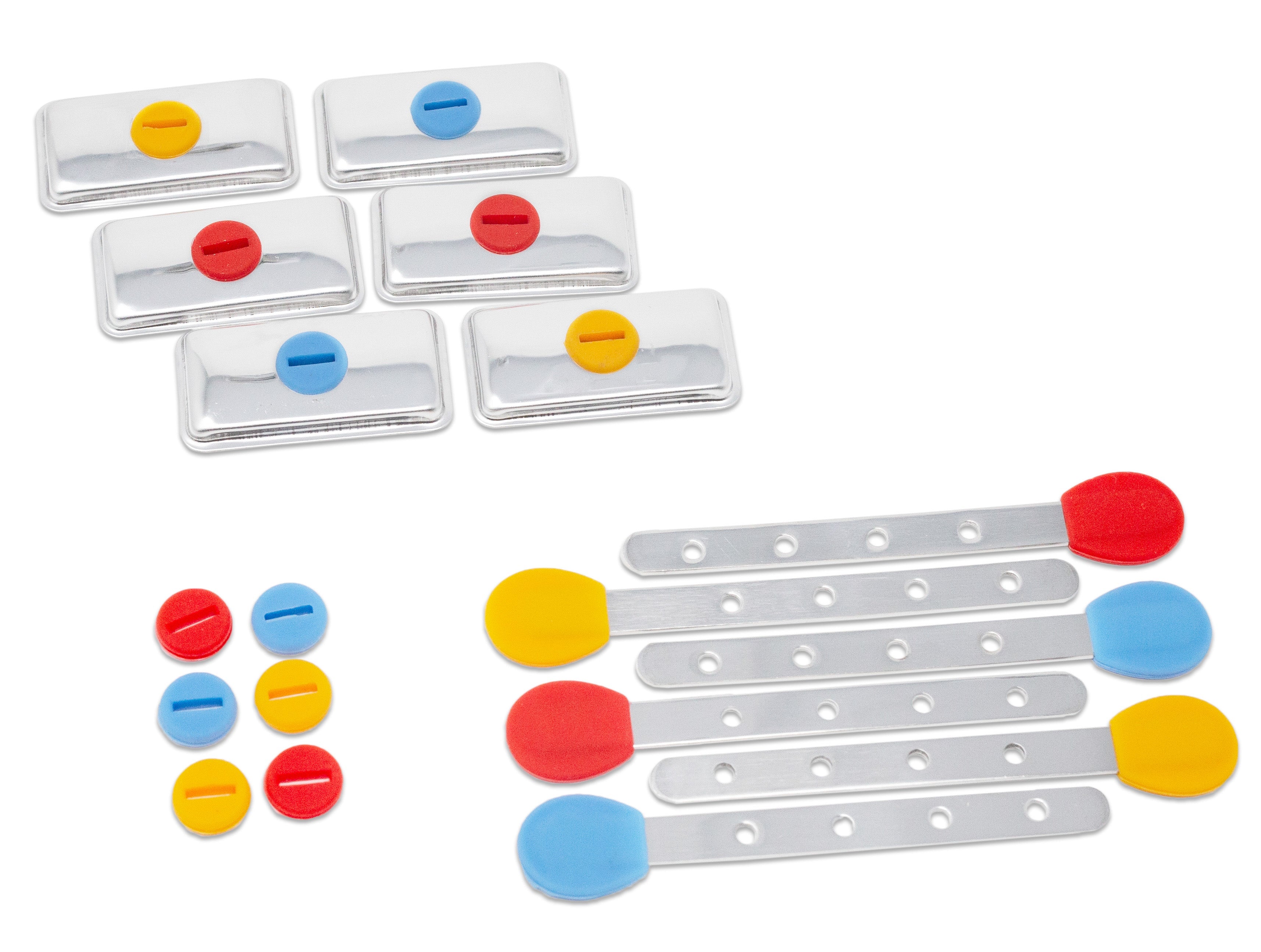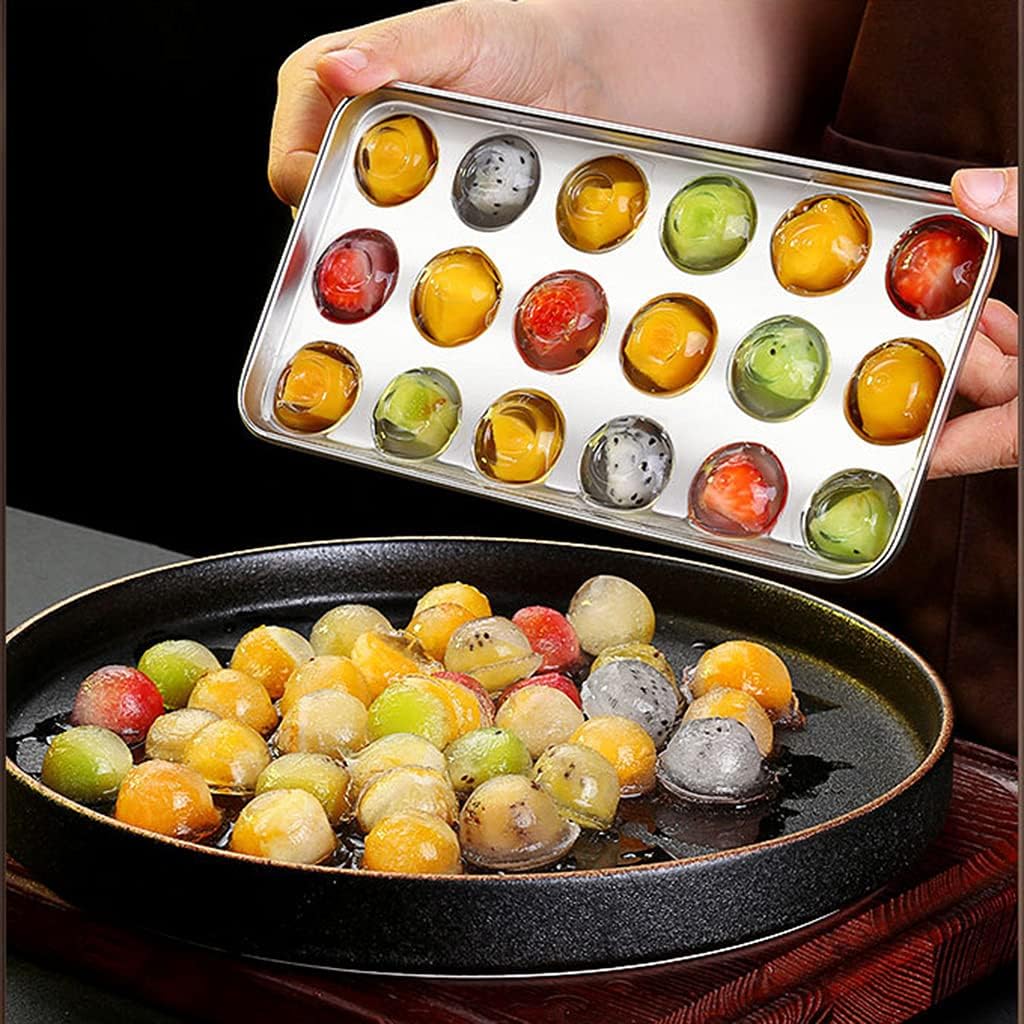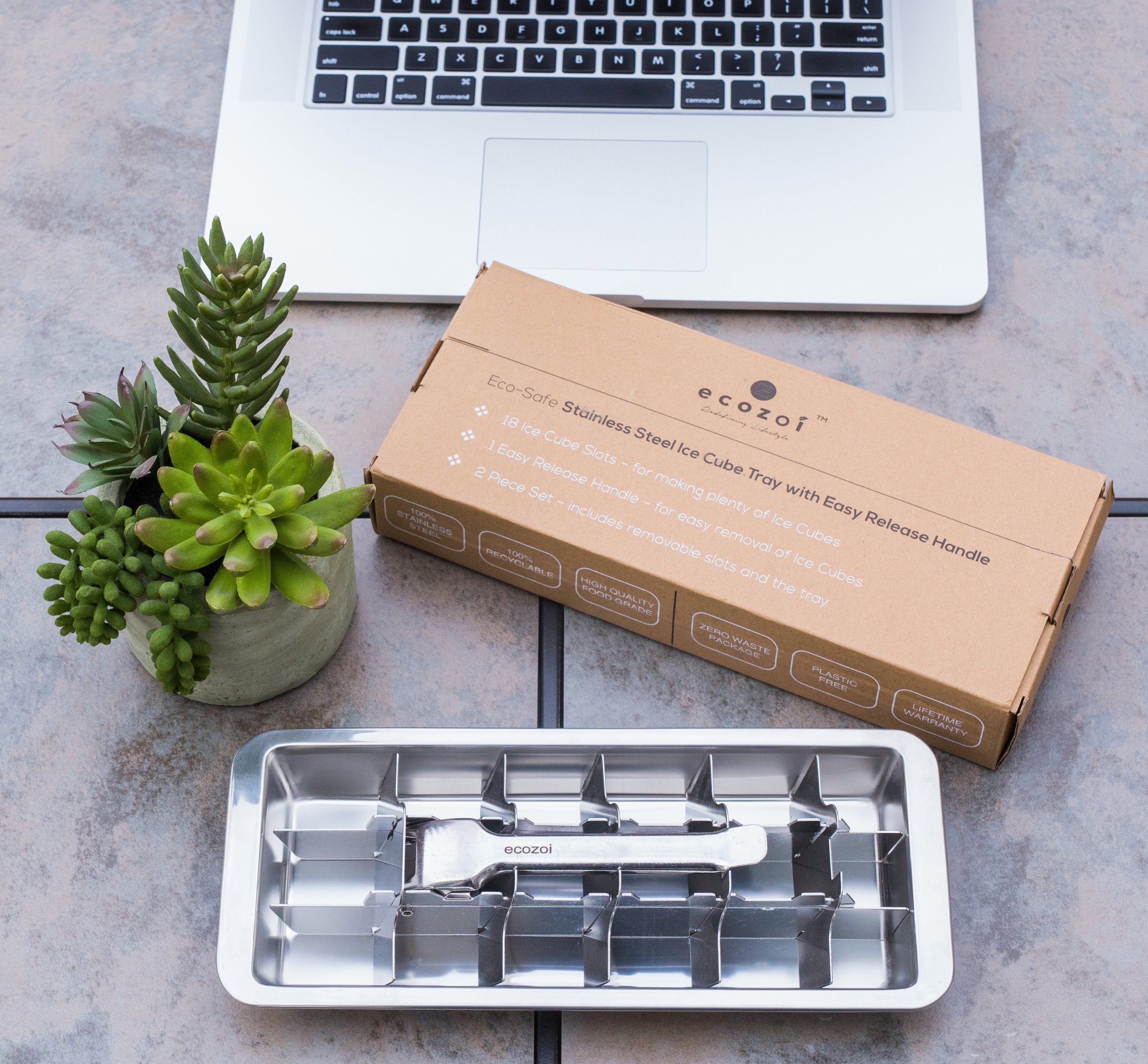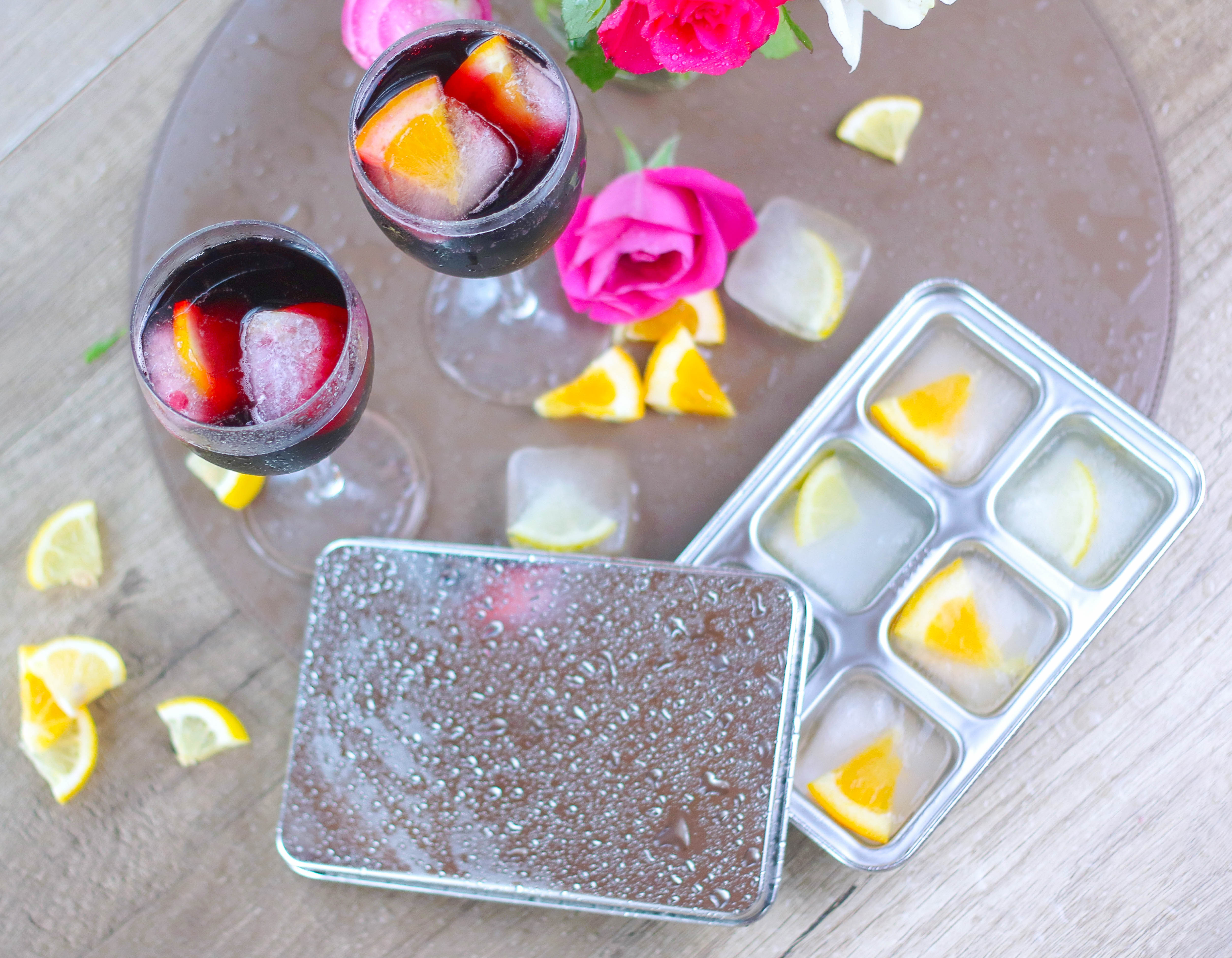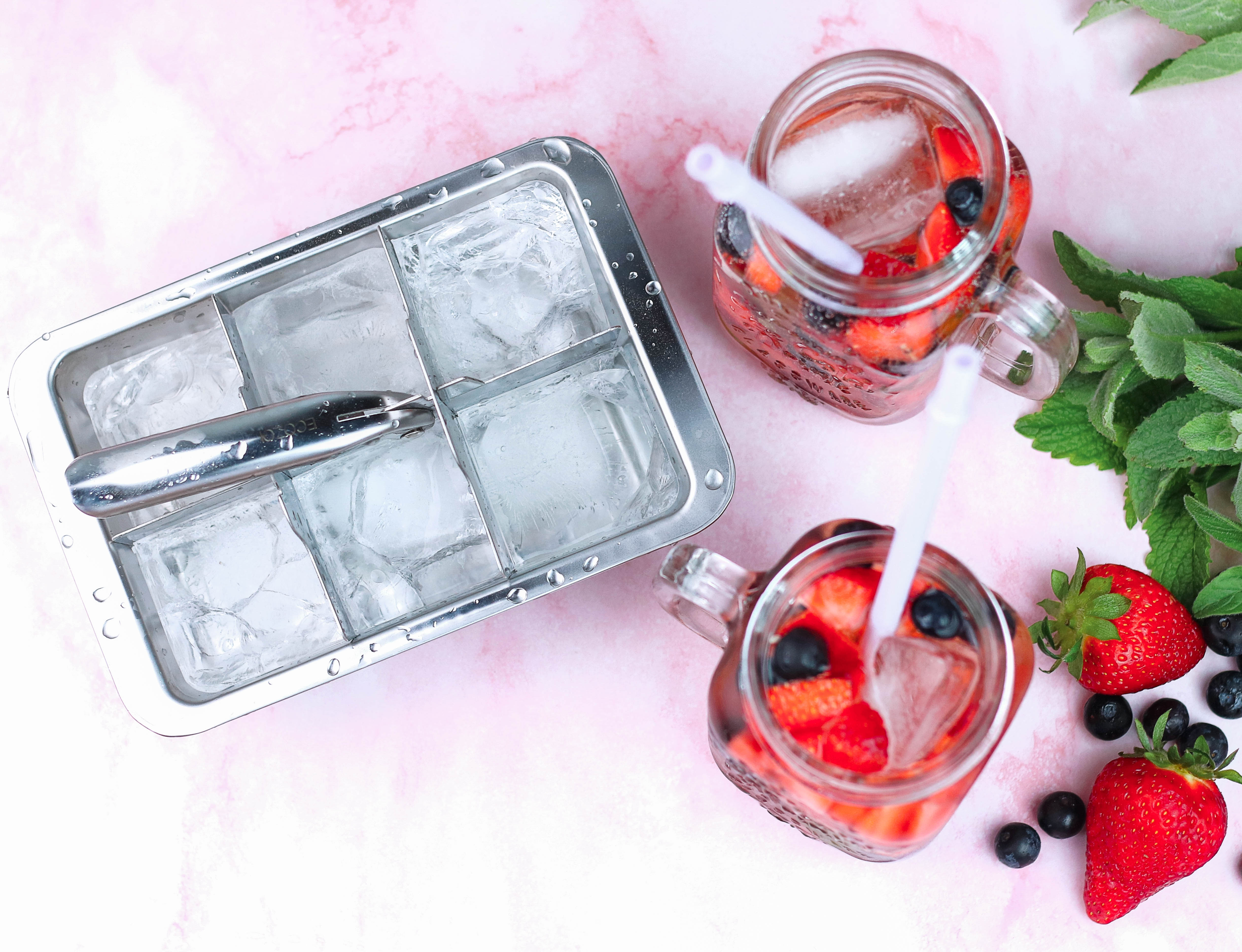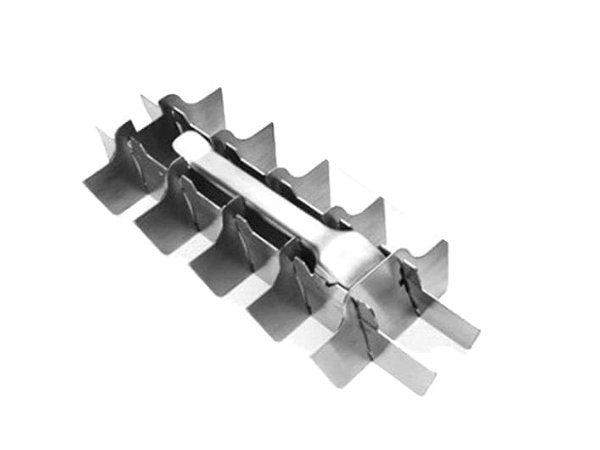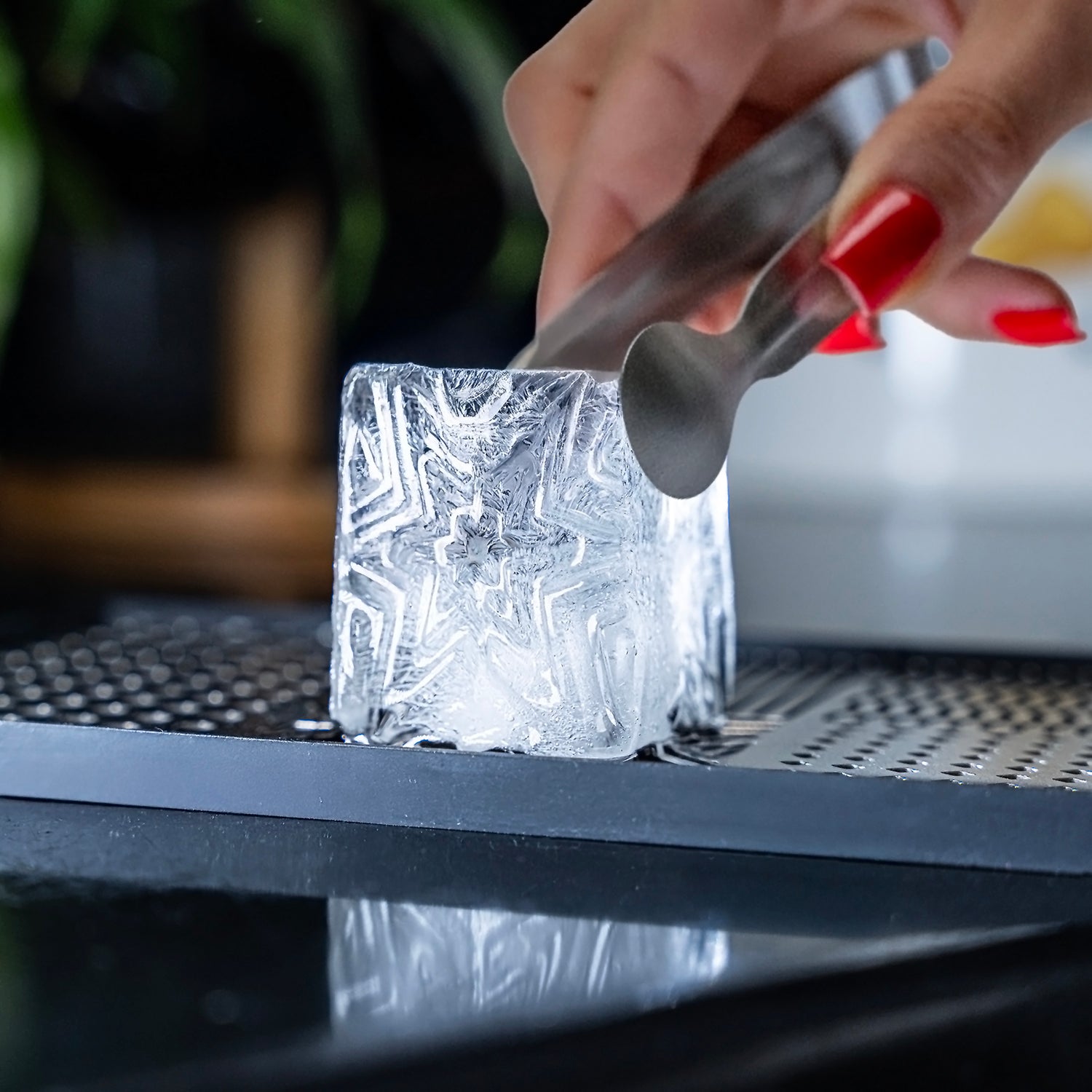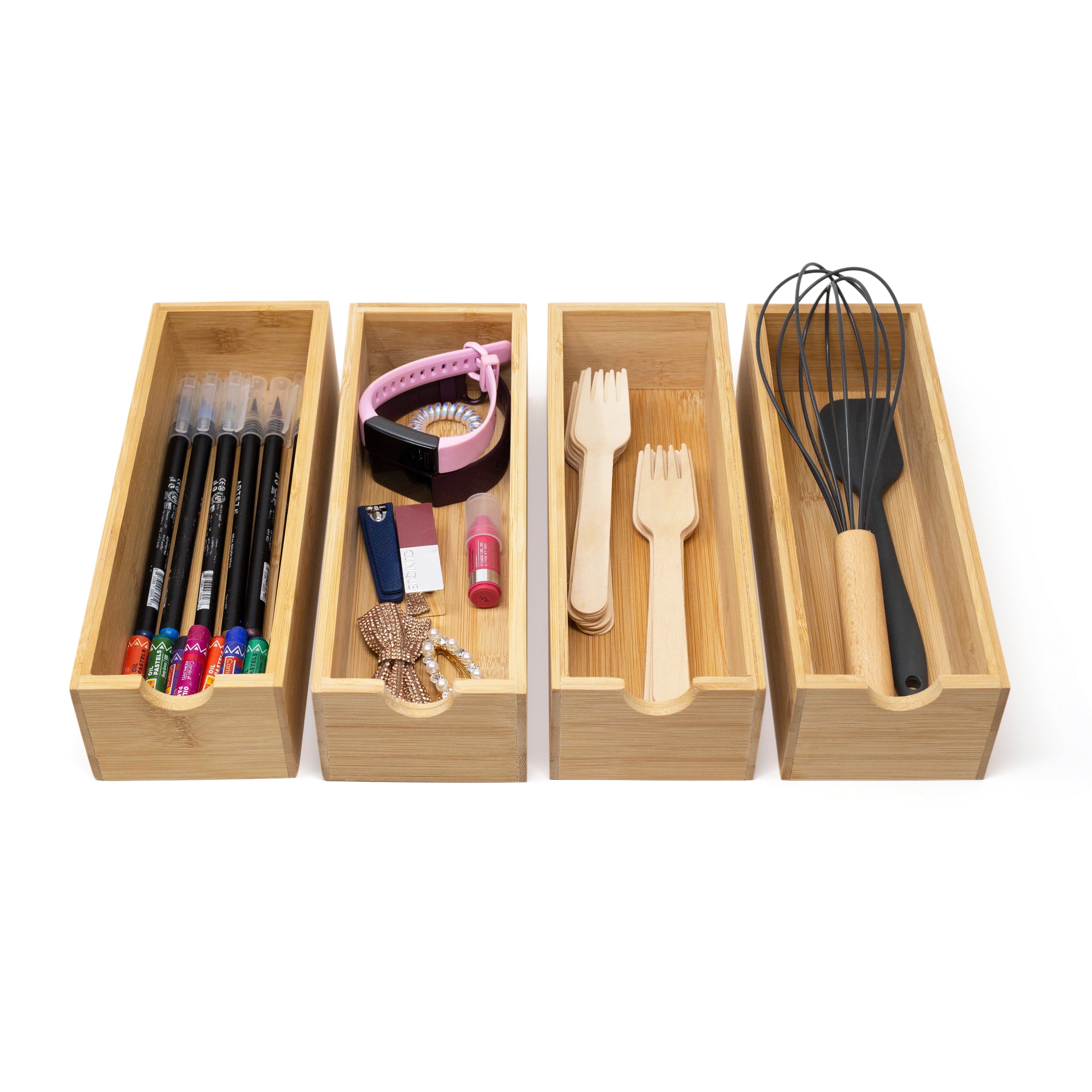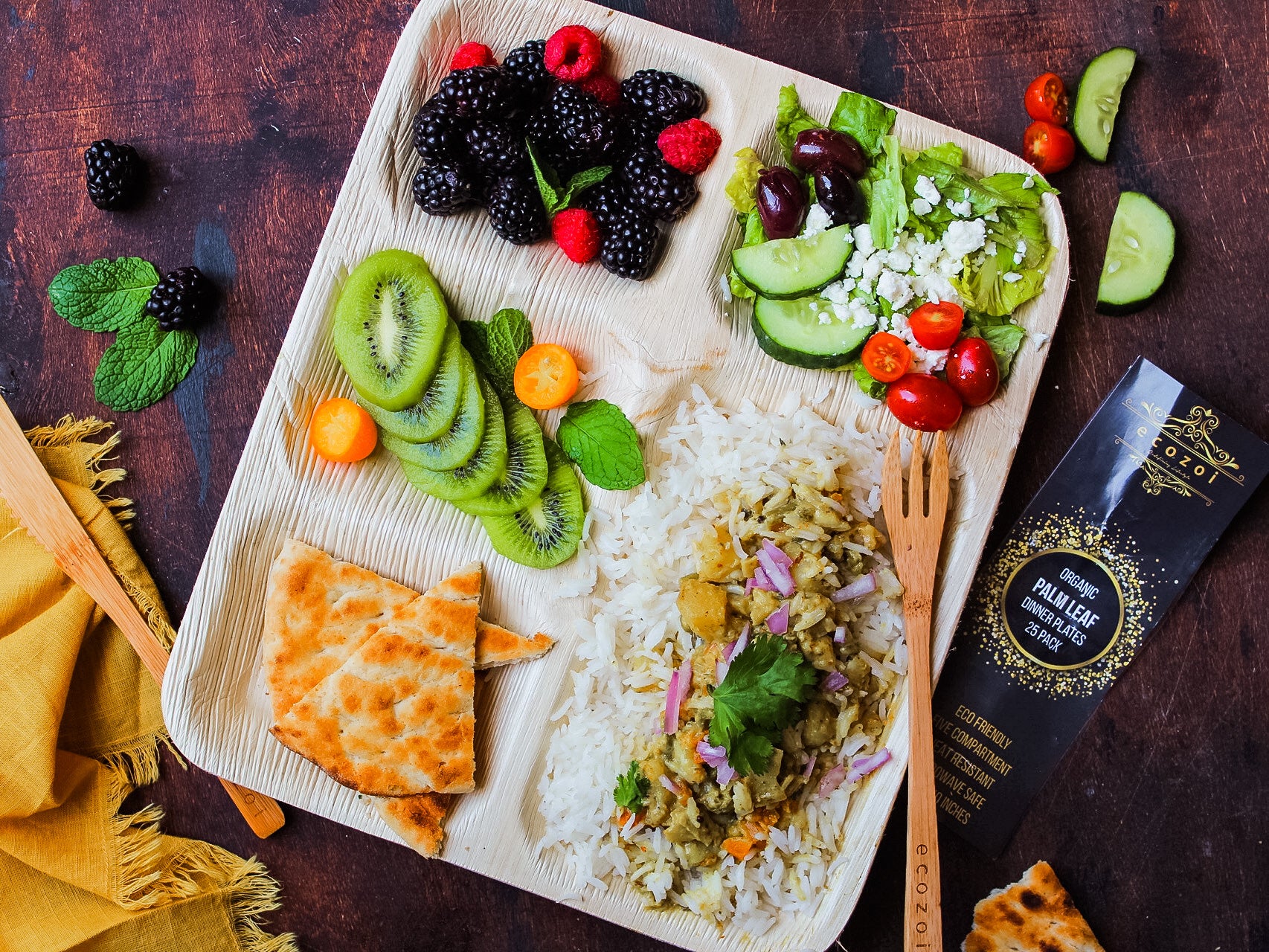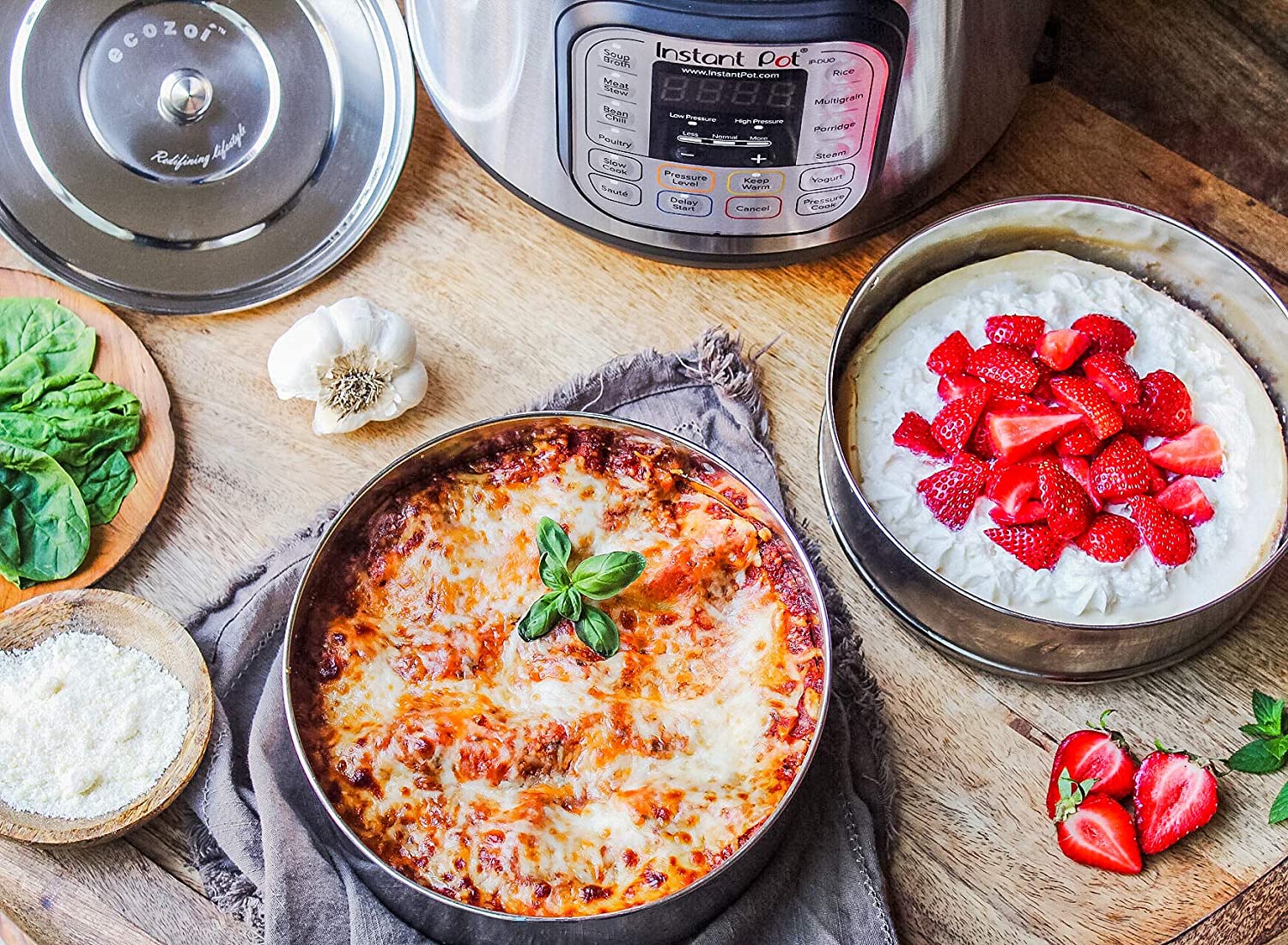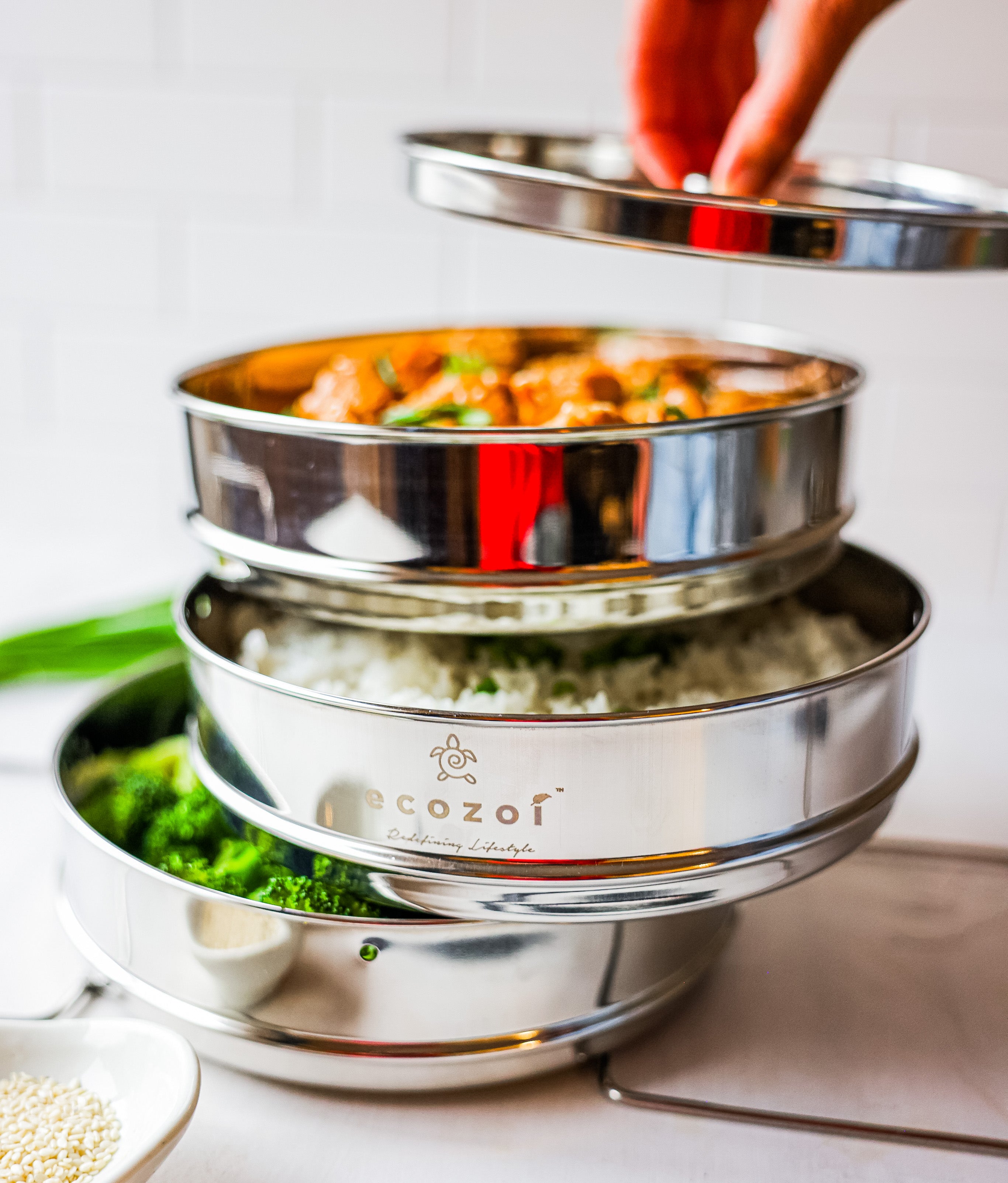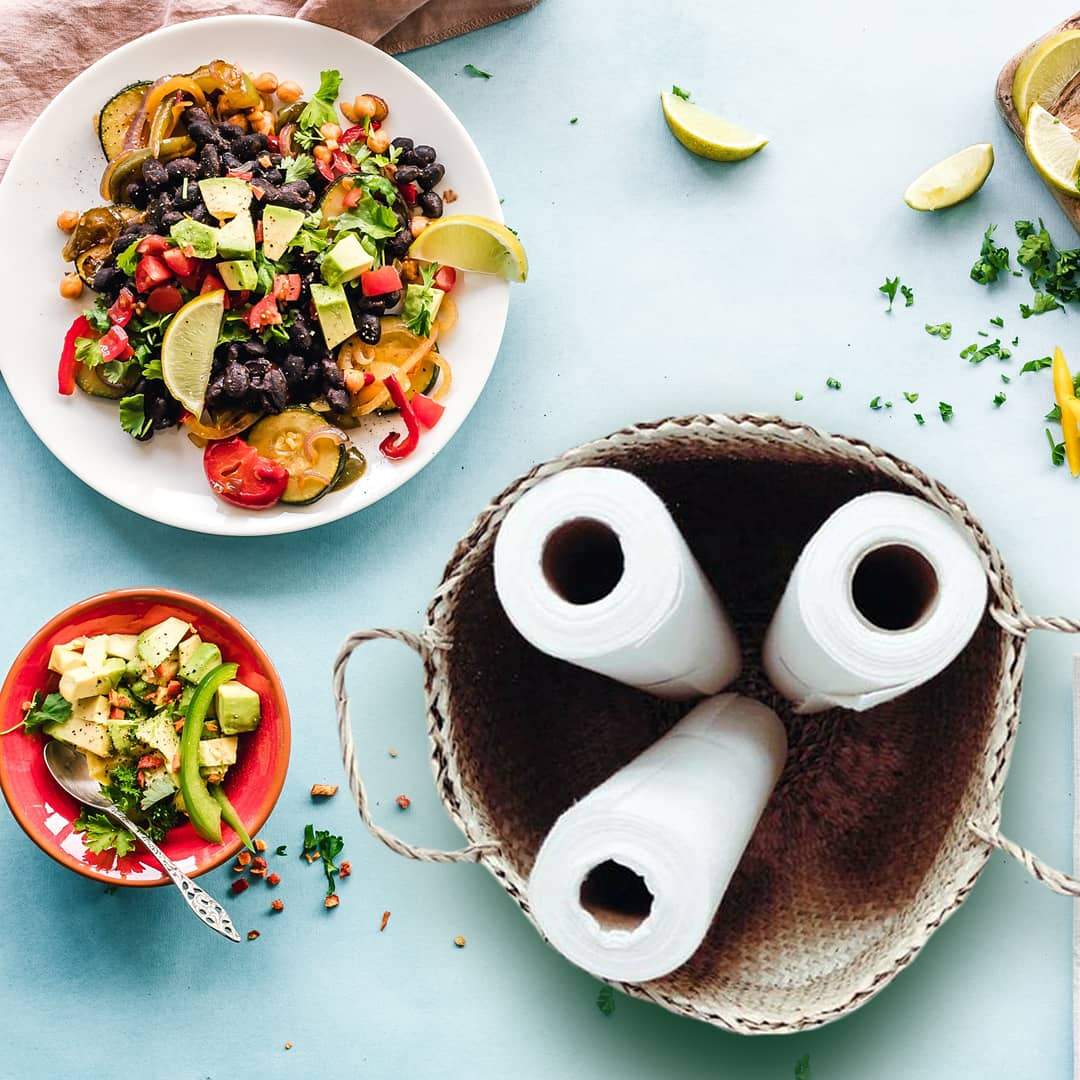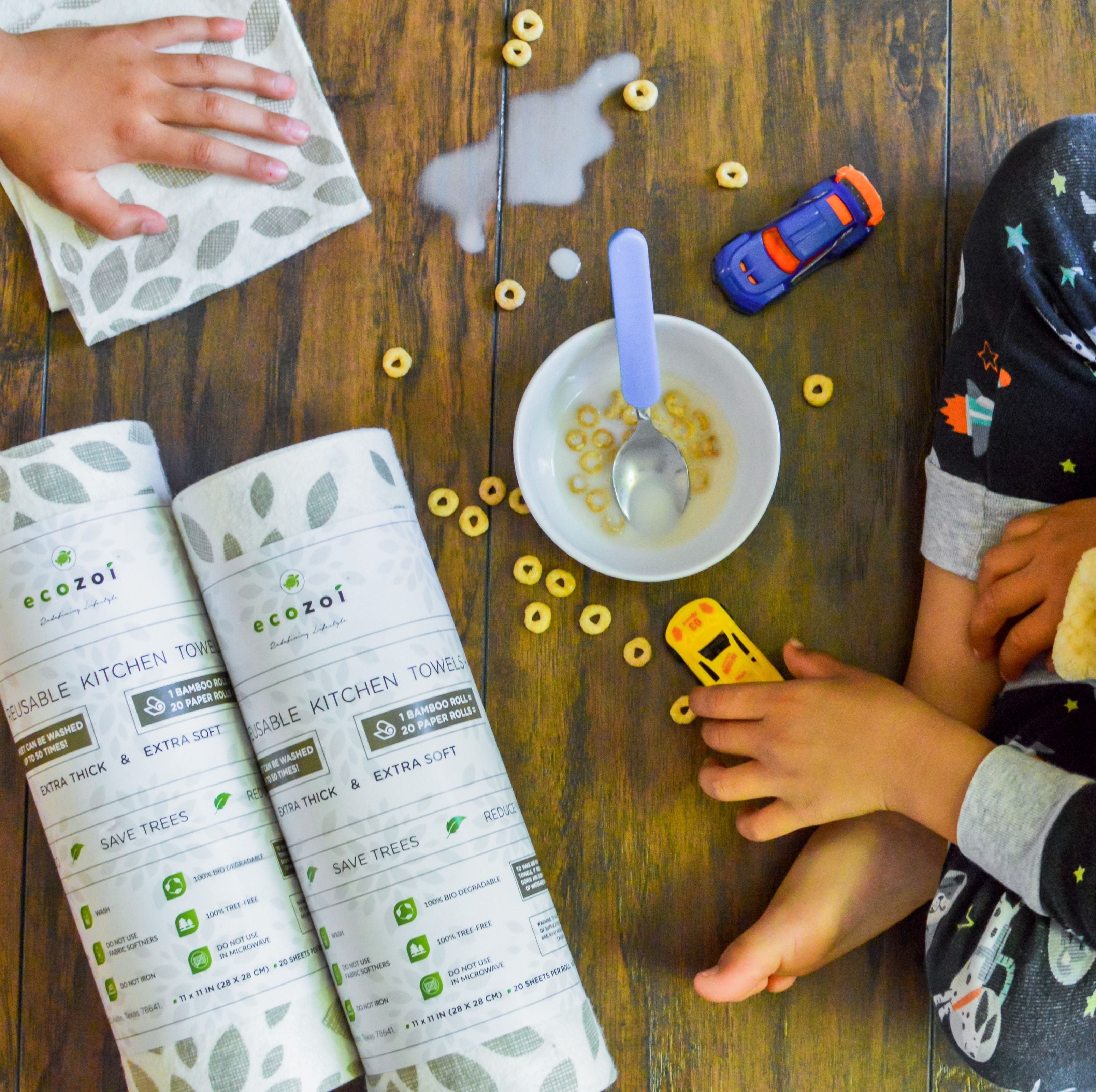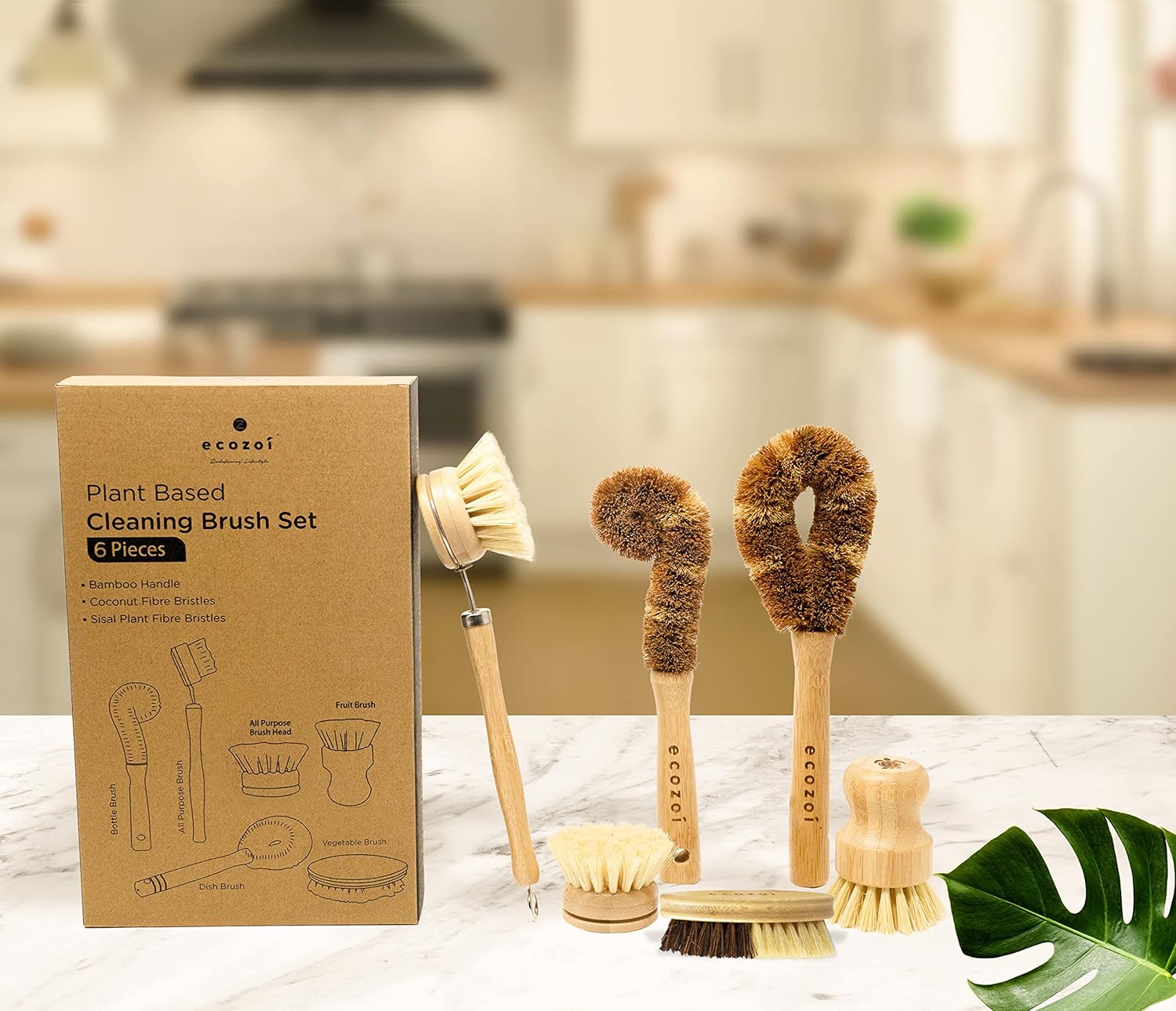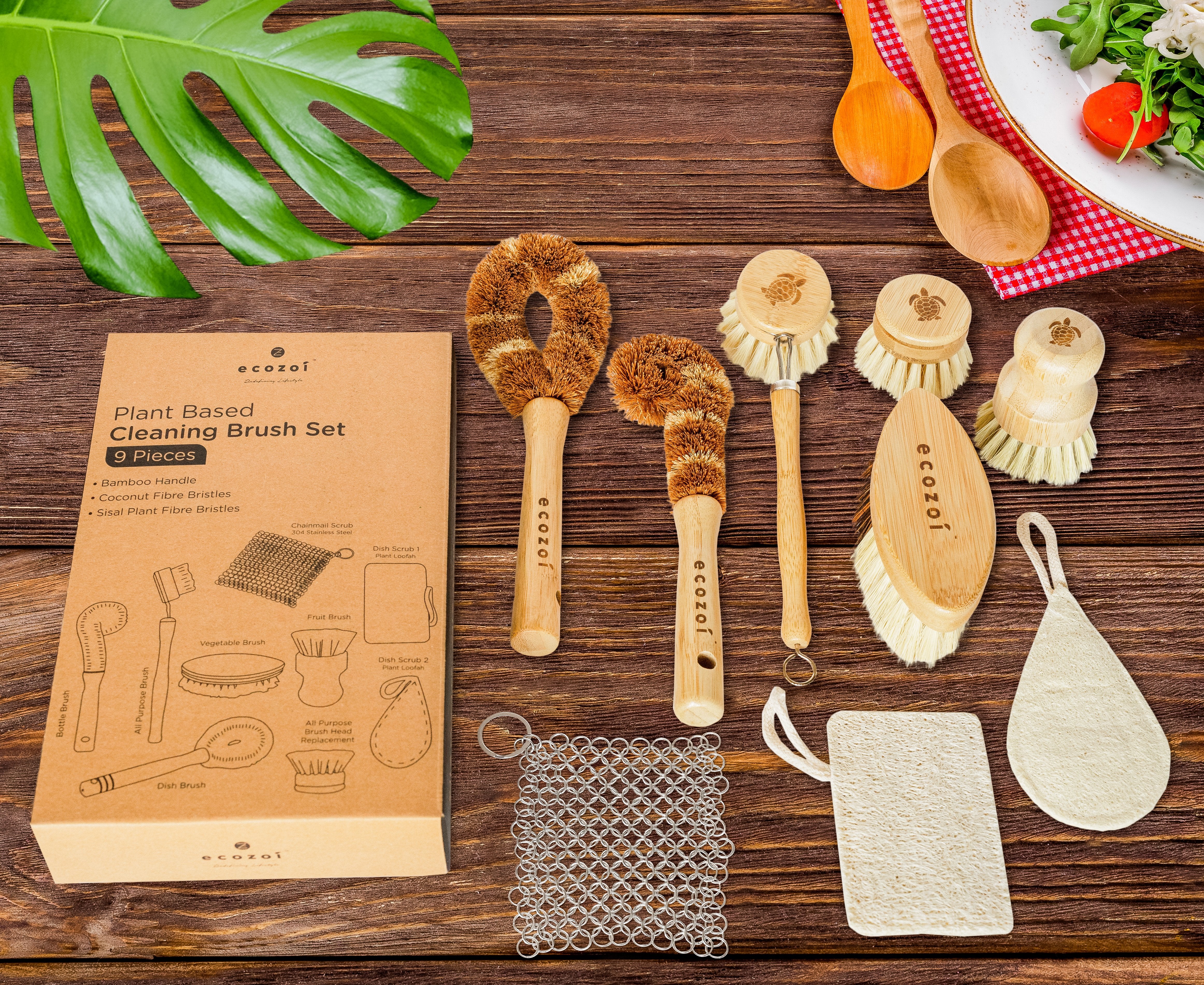Recycling 101: Everything You Need to Know
Technology brought us many good things, from electricity and healthcare to transportation and all manner of quality of life changes in our everyday routine. We made cars to travel faster and safer, factories that create everything from little things to fridges and stoves that make our daily lives easier. However good technology may be, some things are mandatory for survival. Not to mention that not everyone is familiar with recycling 101, making environmental issues even worse over time.
We need clear oxygen to breathe, clean water to drink, and fertile soil to grow food. Pollution is all times high, lakes go dry, and forests burn. Thankfully we started taking steps to create more nature-friendly options, and recycling awareness is spreading worldwide, but it can be tricky. Many things can seem reusable while there are not, and it is very easy to mistake what goes where. This article will explore our options on how to make a difference correctly.
Recycling 101: Everyday items
Before we start learning about recycling 101, we must make sure the items we use are nature friendly and/or reusable. Plastic may be the first thing that comes to mind. However, studies show that they pose a severe threat to our health, and recycling is not so easy. It is a complicated and costly process to remove all the different layers of material, and it is not uncommon for the plastic product to be stained with harmful substances that cannot be reused.

What to use
Some everyday items can easily help you be more green. For example, bamboo and plant materials are always a good choice for daily use, and you can’t go wrong with choosing them. Furthermore, shop for clothes and fabrics made from organic cotton. The method of creating them is friendly to the environment. You can even buy secondhand and reduce the environmental impact even more. However, if you’ve been using plastic for most of your life, you might be wondering what are other alternatives. Especially for cooking and storing the items in a pantry. Here are some of them:
● Stainless steel is an excellent option too. It may not seem like it, but its primary creation elements like nickel and chromium are easily recoverable.
● Glass is a long-lasting material that is reusable and can be recycled forever. Some glass items are mixed with other materials, making them impossible to recycle, like light bulbs, mirrors, or vases. However, most day-to-day products like bottles or jars are 100% reusable.
● Aluminum is one of those materials that can be found everywhere. This is a good thing too. Not only is it a flexible material used to cover almost every need, but the primary minerals for its creation are also very easily removed and reused, making it a fine choice for recycling.
● Products made from biodegradable plastics can decompose easily, making them a perfect substitute for real plastic.
Additionally, use paper bags and straws instead of plastic and buy long-lasting led light bulbs that reduce energy consumption. You can even plan a green long distance move when packing to relocate. Furthermore, research a bit about where and how to dispose materials safely. All of those may seem like nothing, but they do make a difference on a larger scale.
Recycling 101: What goes where?
So we picked products that are reusable and can be recycled, but not everything goes to the same place. Bins have different colors for different objects, and we have to know where goes what before we start throwing things away. These are mostly the same in all countries.

Green bins
In these tree-colored bins goes everything organic. This is the type of bin one would throw cat litter, house plants, tea bags, and soiled paper.
Blue Bins
This is the usual recycling bin used for plastic bottles and plates, glass bottles and jars, paper, and in some countries, plastic cups.
Black Bins
And finally, black bins are for everything that can't be moved to a recycling facility, like liquids, food waste, gum, baby wipes, etc.
Recycling 101: What else can we do?
Choosing the right materials for our everyday use and recycling is a small step toward our coexistence with nature. Thankfully with environmental awareness rising worldwide, companies across various industries, from relocation to logistics, have already taken action to ease the burden on our planet. A notable example is the moving crews from Beltway Movers, who continue to push for greener relocations.
Indeed, many activities, such as seashore cleaning or planting trees, significantly impact the environment. We must not underestimate the small things, like those that each and every one of us can do in our daily lives that may seem insignificant, but they are not. For example, limiting the amount of water usage is a big yes. From fixing leaks to taking short showers instead of big baths, you can keep the amount of water wasted to a minimum.

Bonus recycling 101: Know what are the mental benefits
Up until now, we've talked about how recycling keeps the environment healthy. However, did you know that it can keep you healthy as well? Studies have shown that going green significantly impacts your mental health and helps you improve your lifestyle. And one of the most crucial things it affects is the stress level. Additionally, a green lifestyle means fewer chemicals in your body, making you feel more positive and energetic.
Final words
As you can see, these recycling 101 tips are easy to implement in your everyday routine. However, don't forget to clean the things you wish to recycle. If you are unsure if you can recycle something, it's best to contact the nearest recycling center. They will let you know if the chosen item won't contaminate the rest of the objects. Also, you shouldn't recycle things that are too small (for example, smaller than a pocket watch), and for big ones that do not fit in a bin, it's best to contact the nearest recycling center.


